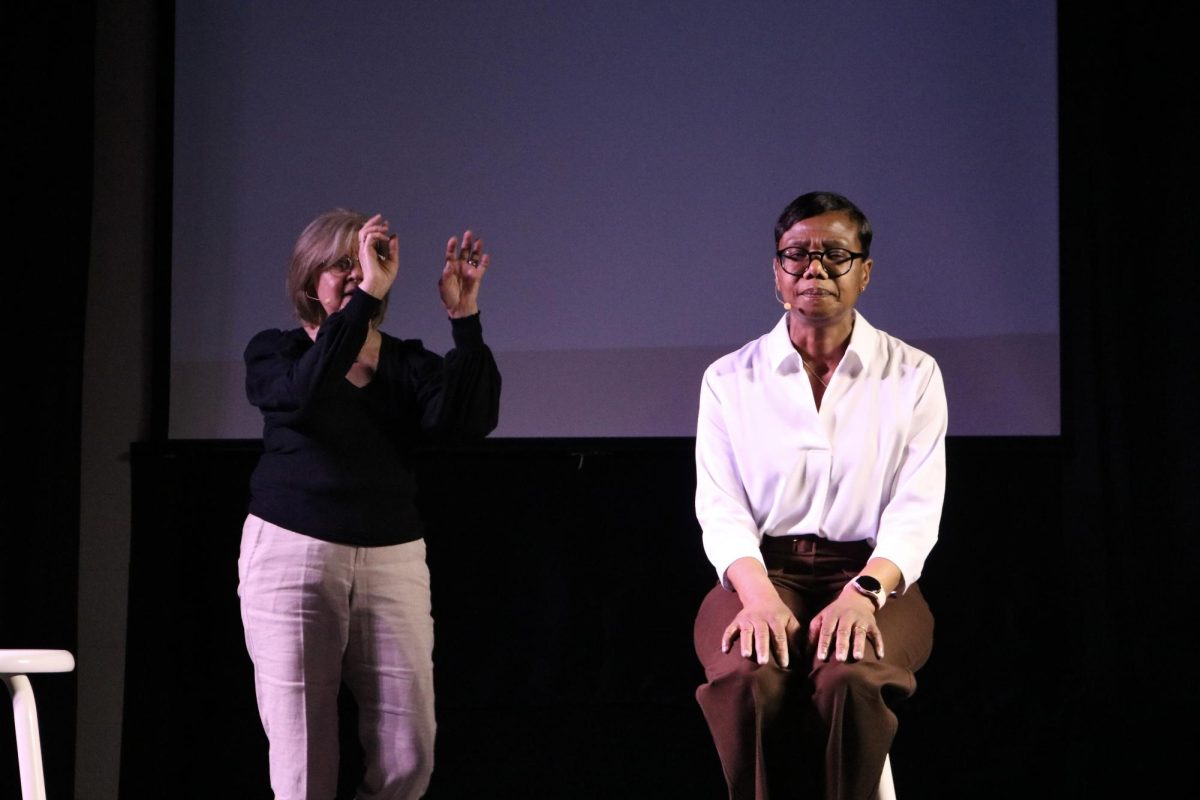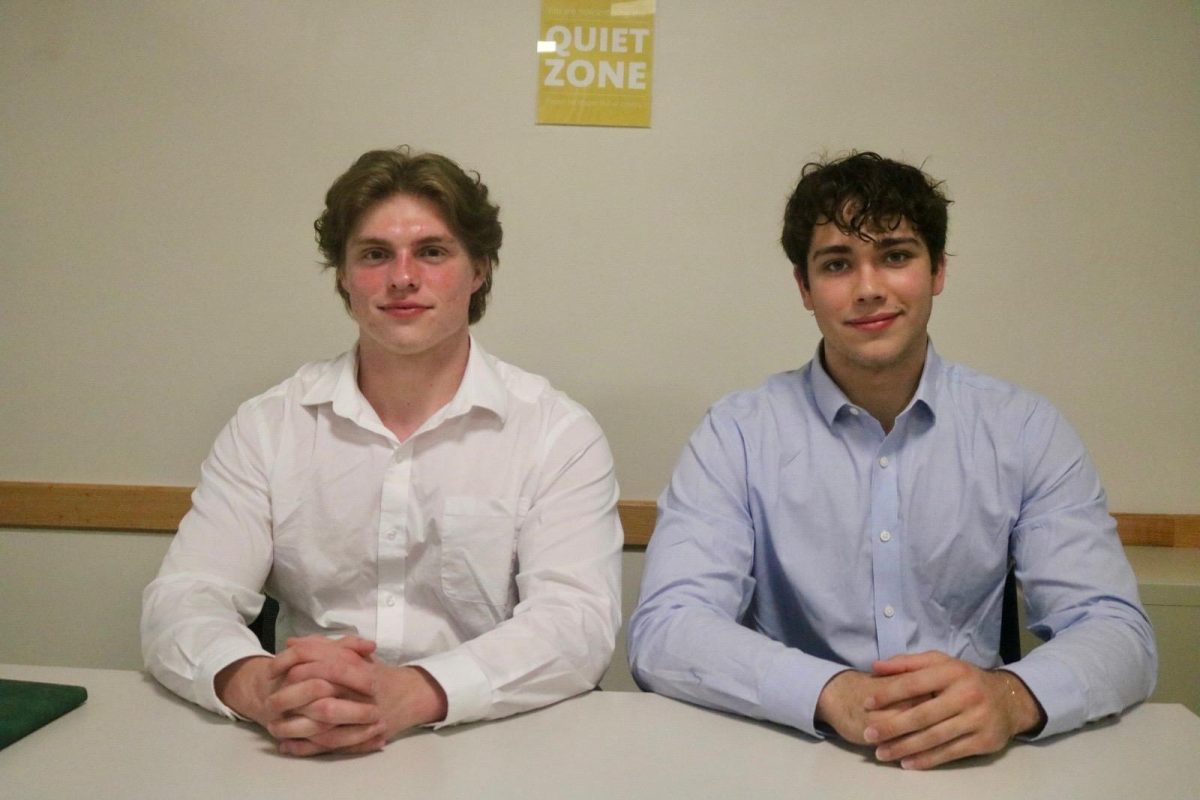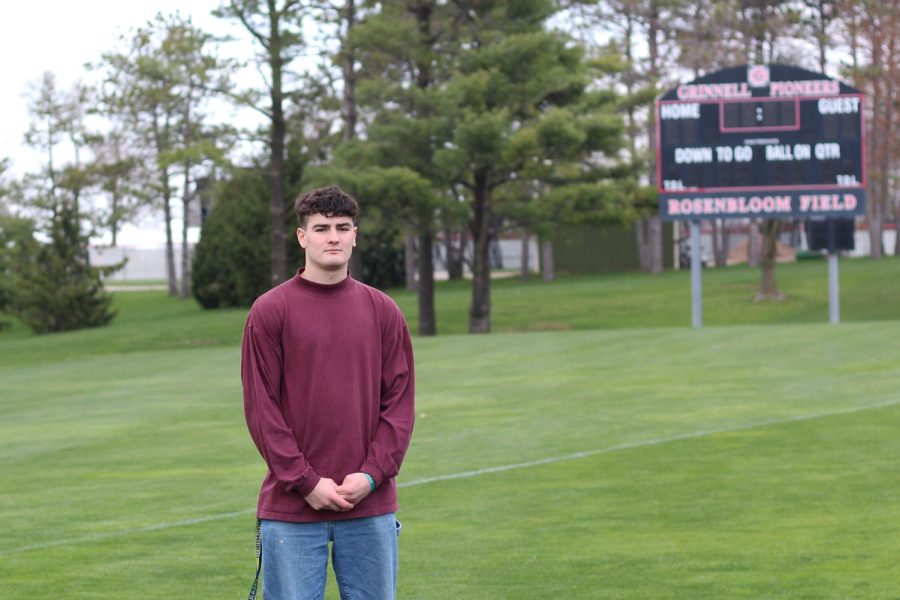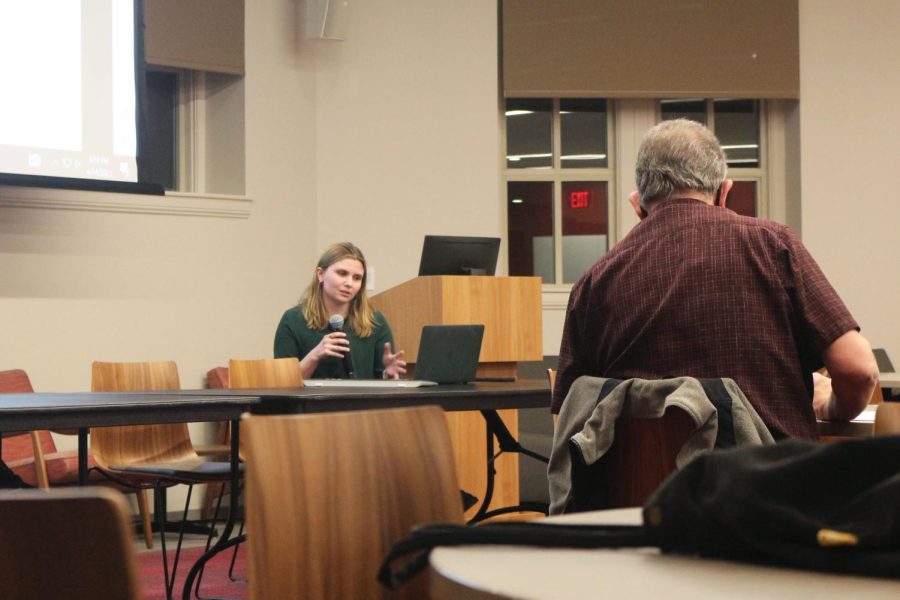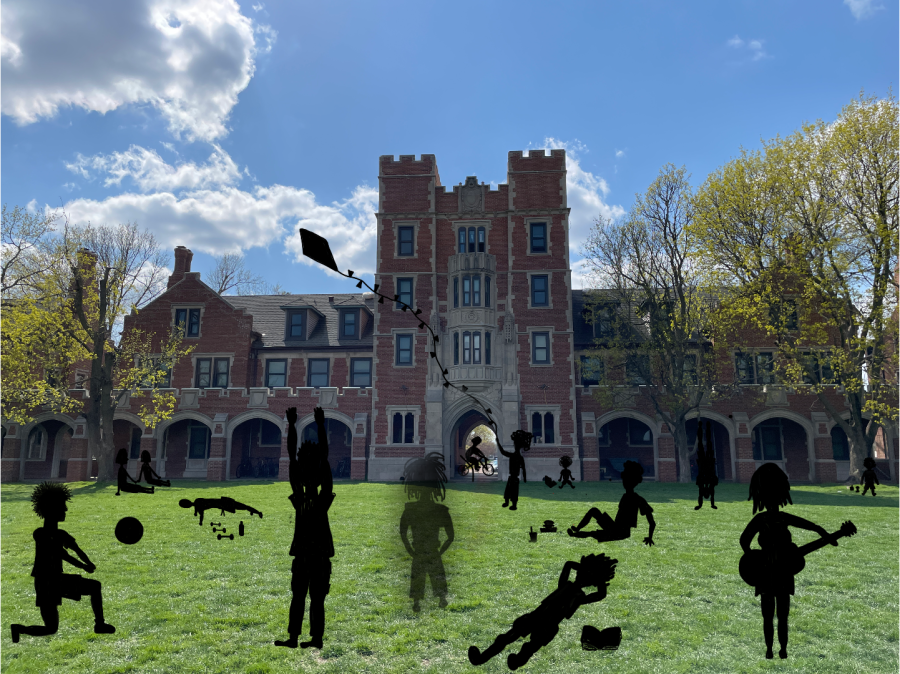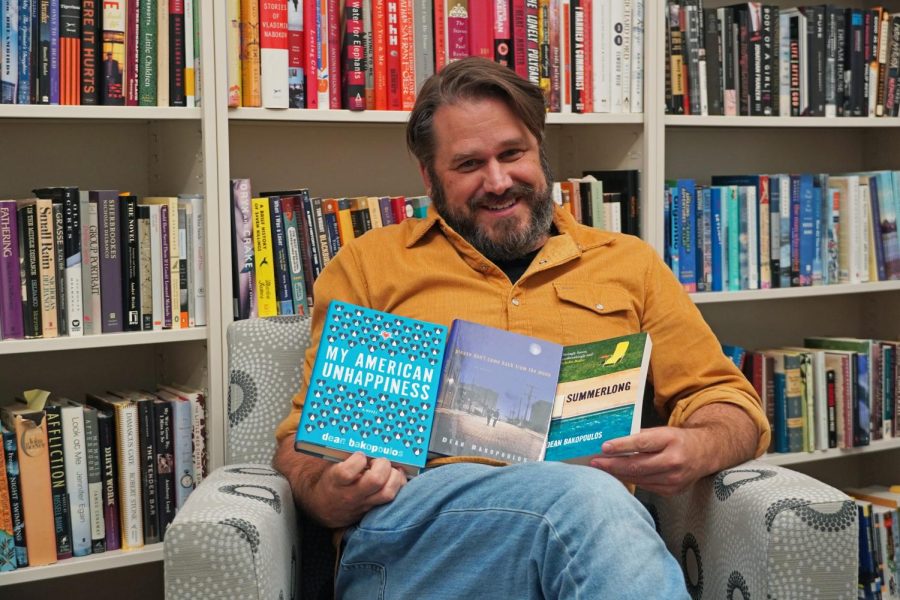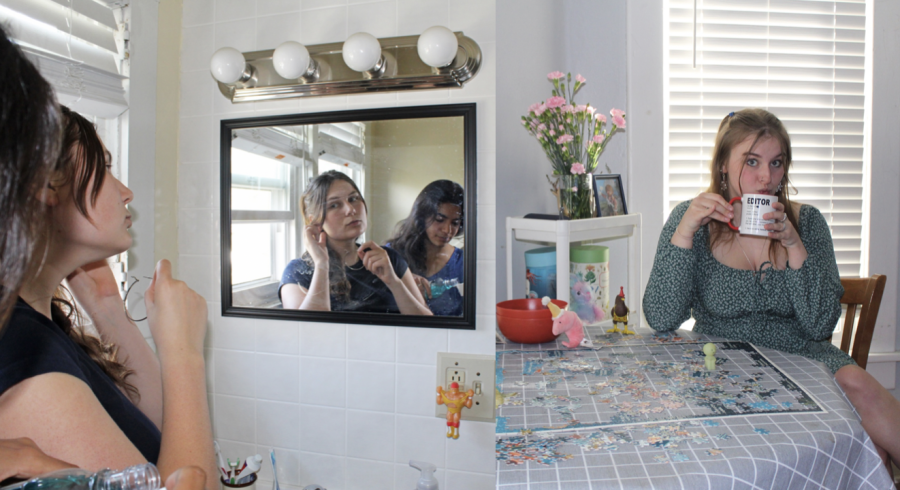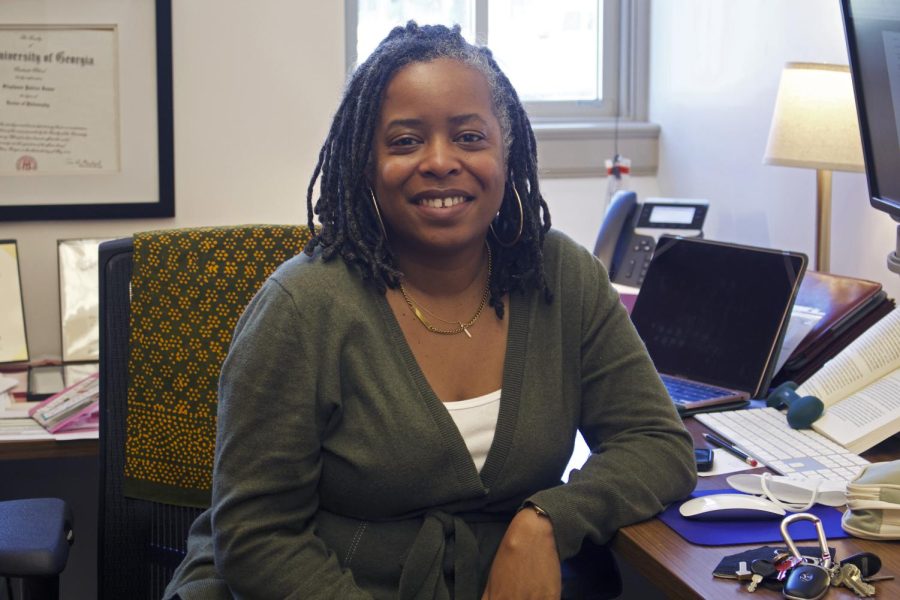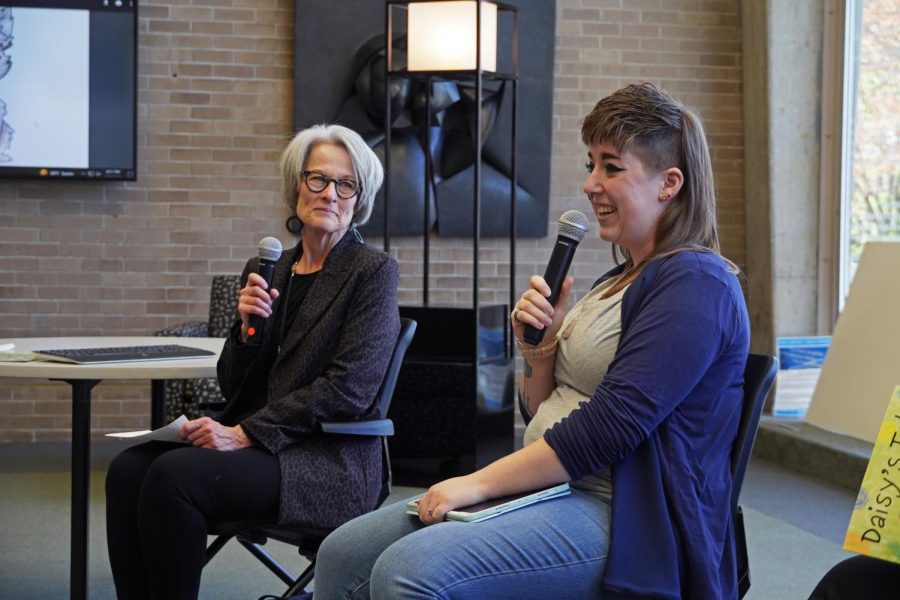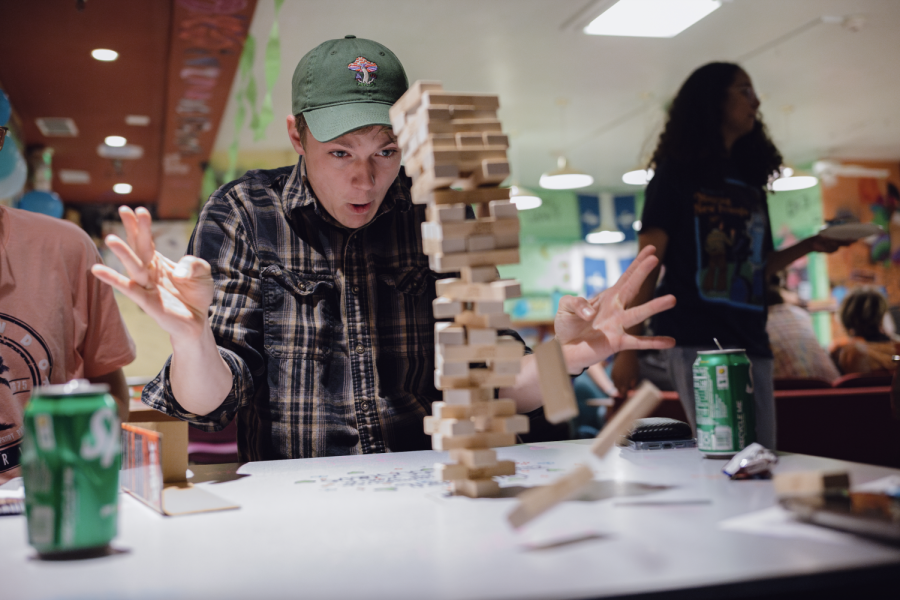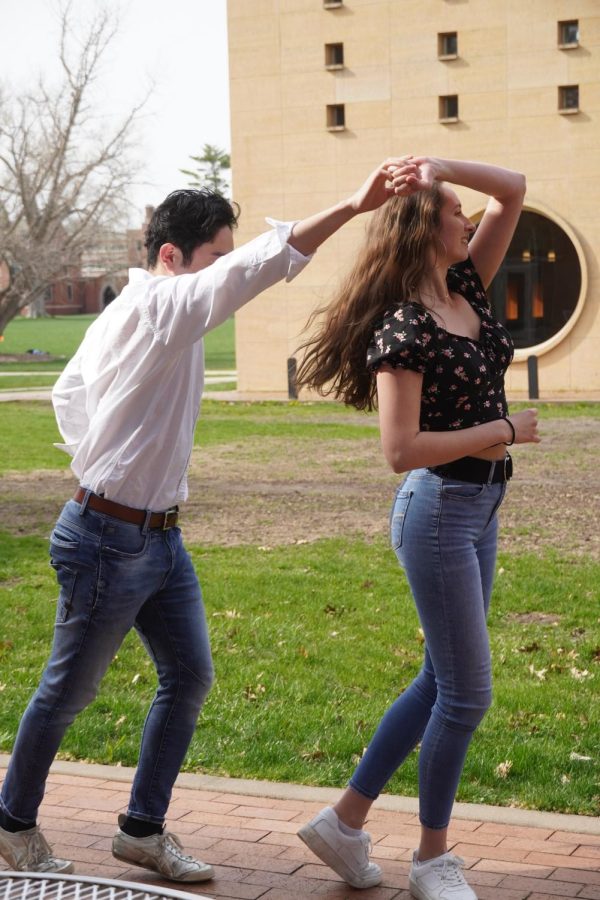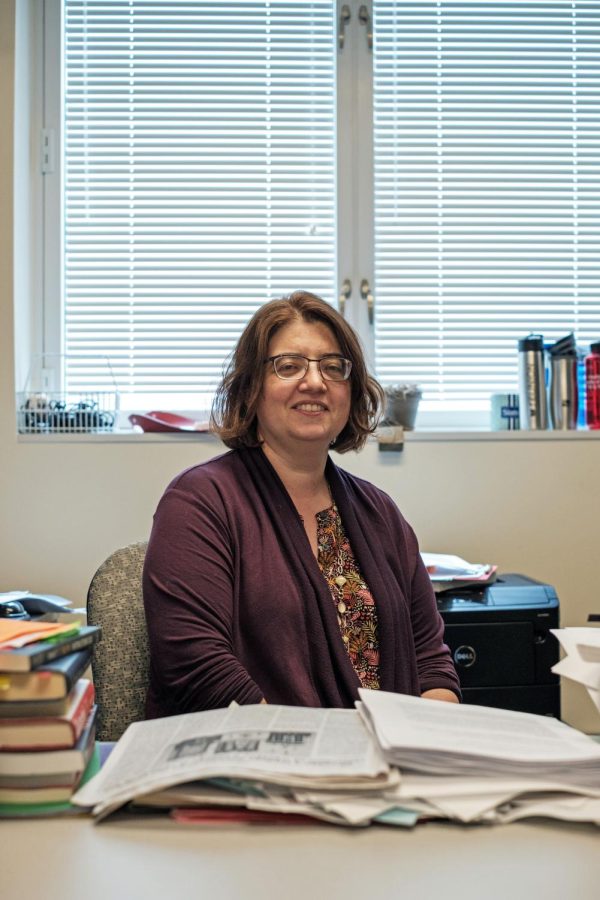By Elisa Carrasco Lanusse
carrasco@grinnell.edu
In Global Cold Cases, Elisa will explore various true crime cases from around the globe. Through well laid out research, Elisa will invite readers to join her in her investigation of perplexing and shocking crimes that have yet to be solved.
The gated community of Carmel is for the most part much like any other gated community in Argentina. Composed of beautiful houses with extensive gardens and expensive decor, it houses the elite of Buenos Aires. Within these gates, you would find names you would see in newspapers, gossip magazines, and donor lists for big political or social organizations. One such name became particularly well known in Argentina during the latter part of 2002: that of María Marta García Belsunce, a 50-year-old sociologist working with non-profit organizations throughout Buenos Aires.
The 27th of October, 2002, was a day like any other within the walls of Carmel. The weekend was ending and the residents of the compound were carrying on their usual business. María Marta had left her sister’s house on her bicycle at 6:07 p.m. after spending the day and was headed for a tennis match and then a massage appointment in her own house at 7:00 p.m. Carlos Carrascosa, María’s husband, stayed with her family watching the soccer match (Boca vs. River, quite the friendship ruining, family shattering, nation dividing ordeal) and wasn’t expected to arrive home until later in the day. Once the match ended he drove back to their house, meeting a Carmel guard who told him that María’s masseuse was at the door. The guard had tried to get ahold of María in order to let the masseuse in but had been unsuccessful.
Carrascosa opened the door and dismissed the guard, letting the masseuse in. Heading into the house to look for his wife, he found her in the master bathroom. María Marta was lying fully clothed and unconscious in the bathtub, bloodied water surrounding her body. Upon seeing the gruesome scene, Carrascosa immediately called for the masseuse, instructing her to call María’s family, a neighbor, and a doctor that lived in Carmel. A few hours after the body was found, those called were crowded around the scene and the small puddle of blood on the bathroom floor had been cleaned up. A conclusion had been reached by the doctor and Carrascosa: María had slipped and hit her head on the tap, passing out and eventually dying.
The next day, on the 28th of October of 2002, a funeral was held in the house. Her certificate of death claimed María had died from cardiac arrest. It was a whole month and a half after her burial that an investigation began, after María’s half-brother admitted that he had found a small metal object (he called it “pituto”) on the floor of the scene, wrapped it in toilet paper and thrown it down the toilet.
During the investigation, which was opened on the 2nd of December of 2002, an autopsy found five .32 bullet holes in María’s head. A sixth bullet was believed to have grazed her head but not hit her, accounting for the “little metal thingy” that had been disposed of by the brother. The case had now turned from an accident to a homicide. A group of experts appointed by the court examined the body and came to the conclusion that super glue had been used in an attempt to seal the wounds. Immediately, the investigators turned to Carrascosa as the main suspect, giving him preventive prison.
On the 13th of July of 2007, after further investigation, the prosecutor presented his case and asked for Carrascosa to be sentenced for the murder of María Marta, or at the very least for the attempted covering of a crime. After the trial, two forensic medics stepped up to deny the claims of superglue being found in the bullet holes. As a result, Carrascosa was absolved of the murder and charged for trying to cover the crime. Almost two years later on the 18th of June of 2009 Carrascosa was sentenced to life in prison for the murder of his wife. He was taken to prison and while he was serving his sentence, five more people (all composing María’s families and neighbors) were tried for attempting to cover the crime. As a result, one was sentenced to six years in prison, another to four years, another to three years and a half, and the two other accomplices to three years of prison in 2011. On the 19th of October of 2012, the Supreme Court of Justice of Buenos Aires ratified the life in prison sentence for Carrascosa only to absolve him on the 20th of December of 2016, 14 years after María Marta’s death. To this day what happened exactly and who killed her remains a mystery.
With a lack of physical evidence or testimony, the terrible handling of the crime scene by the family, the late intervention of the police, and a series of inconsistencies throughout the case (such as the super glue dilemma) it is hard to discern exactly what happened. However, the public seems to mainly entertain three theories:
Carlos Carrascosa killed María Marta. Much like the police, the public seems to maintain the belief that Carrascosa was involved. There are two main theories surrounding Carrascosa killing his wife. The first one links Carrascosa to a money-laundering operation in which money was being taken from one of the organizations María worked with. It is believed that María discovered what he was doing and in an attempt to cover it up from the public eye, he killed her, and the family helped him cover the crime in order to maintain the family name. The other theory is much simpler, claiming that a fight went down and Carrascosa accidentally killed María, then asked the family to help him cover the accident with similar concerns over the family name. A piece of evidence that comes up often in the case against Carrascosa is that when he called for the medic (not the police or emergency services, mind you) he said “a person has had an accident” rather than “my wife” or “María” or anything else that might signal to a personal connection with María (despite being married to her for 31 years).
Nicolás Pachelo killed María Marta. Another suspect that appeared during the investigation was one of María’s neighbors. Pachelo came from a wealthy family and held a criminal record related to stealing. He originally gave the police an alibi of having been shopping with his mother; however, this was quickly dismissed by three witnesses who claimed to have seen him in Carmel and a video recording of him leaving the compound a few hours after the murder. It is believed that Pachelo may have learned of the large amount of money that María was safekeeping for the organization she was working with and in an attempted robbery ended up killing her.
A random robbery incident escalated into homicide. The last theory, the one sustained by the family, claims María’s death was a random robbery gone wrong. Despite the fact that not even the cops can get into Carmel without permission from a resident to the guards, who patrol the neighborhood 24/7, they believed that a robber snuck into the neighborhood and in the house and was caught by Marta. In an attempt to avoid getting caught, the robber or group of robbers shot her six times before escaping unnoticed.
With all the holes in each theory, the main question that remains is about how we can determine what is true and what is not. Whether the family was involved or not, someone knows what happened that Sunday and they have remained silent about it. Perhaps someday we will finally be able to see the skeletons inside those luxurious, oversized walk-in closets.
Sources
- https://www.bbc.com/mundo/noticias-54947929
- https://www.lanacion.com.ar/seguridad/el-homicidio-de-maria-marta-garcia-belsunce-el-viudo-pidio-una-reparacion-economica-por-sus-anos-de-nid05082021/
- https://www.imdb.com/title/tt13244092/
- https://elcanciller.com/las-cuatro-hipotesis-sobre-el-crimen-de-maria-marta-garcia-belsunce/
- https://www.youtube.com/watch?v=aoOb0Ak-Znk&ab_channel=TodoNoticias
- https://www.youtube.com/watch?v=KEM6mp19RI0&ab_channel=CanaldelaCiudad
- https://www.telam.com.ar/notas/202012/538109-cronologia-de-los-18-anos-del-caso-maria-marta-garcia-belsunce.html





